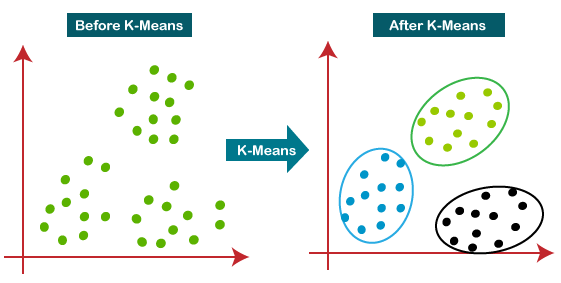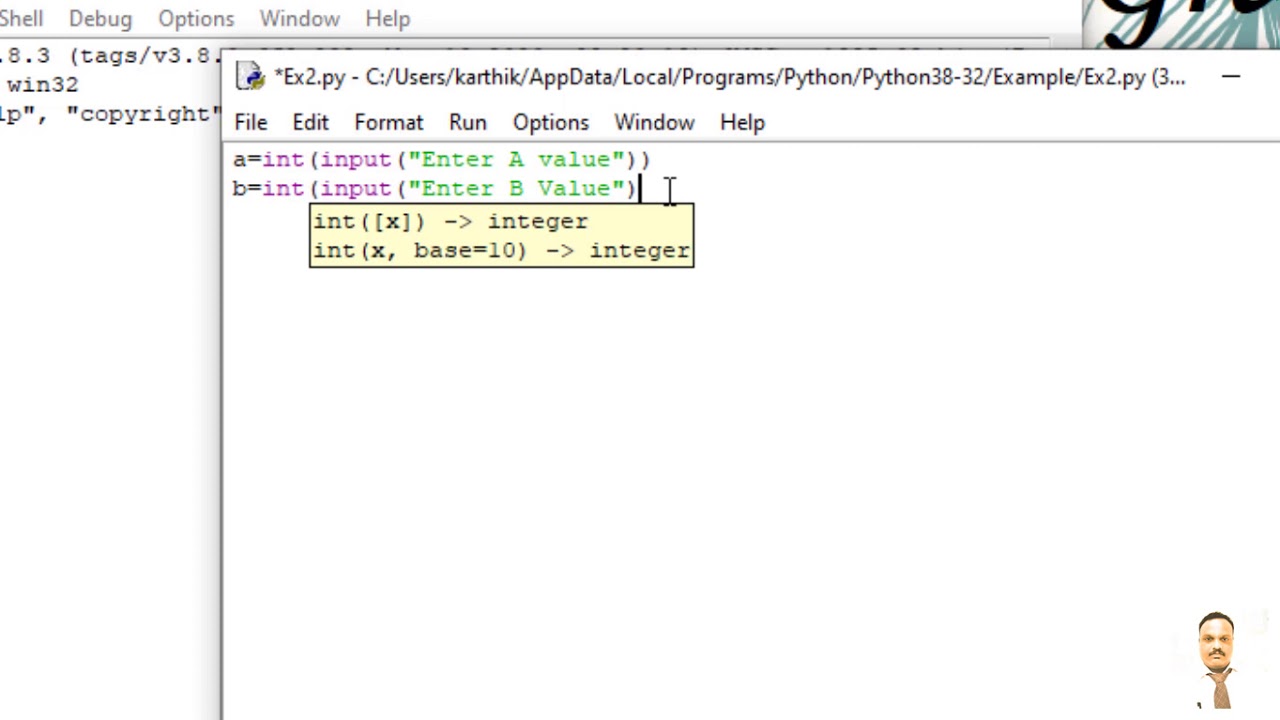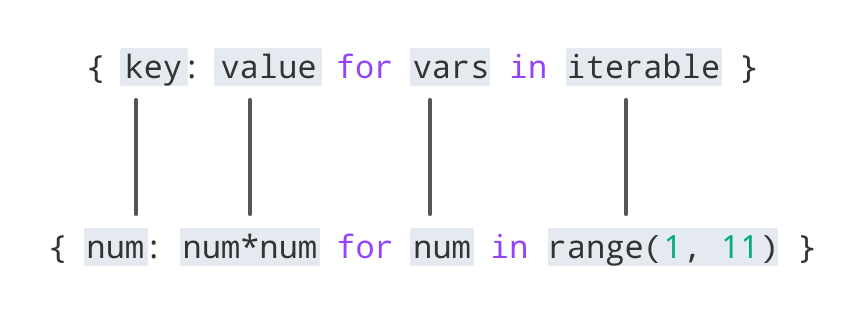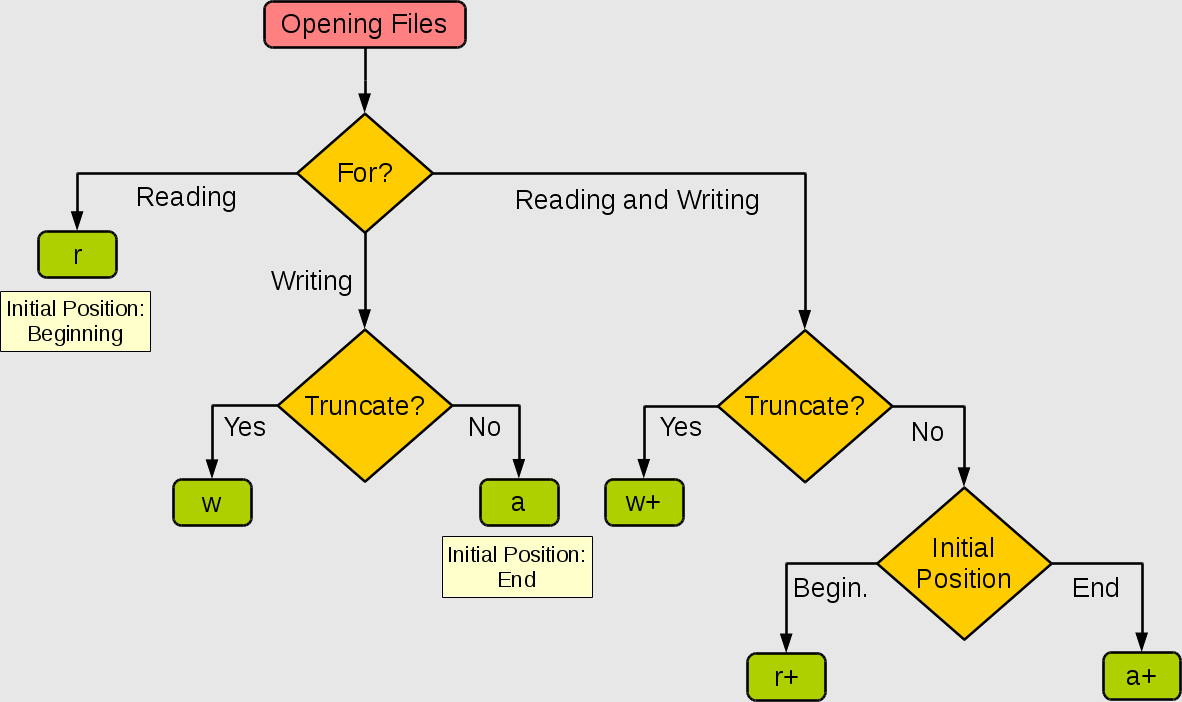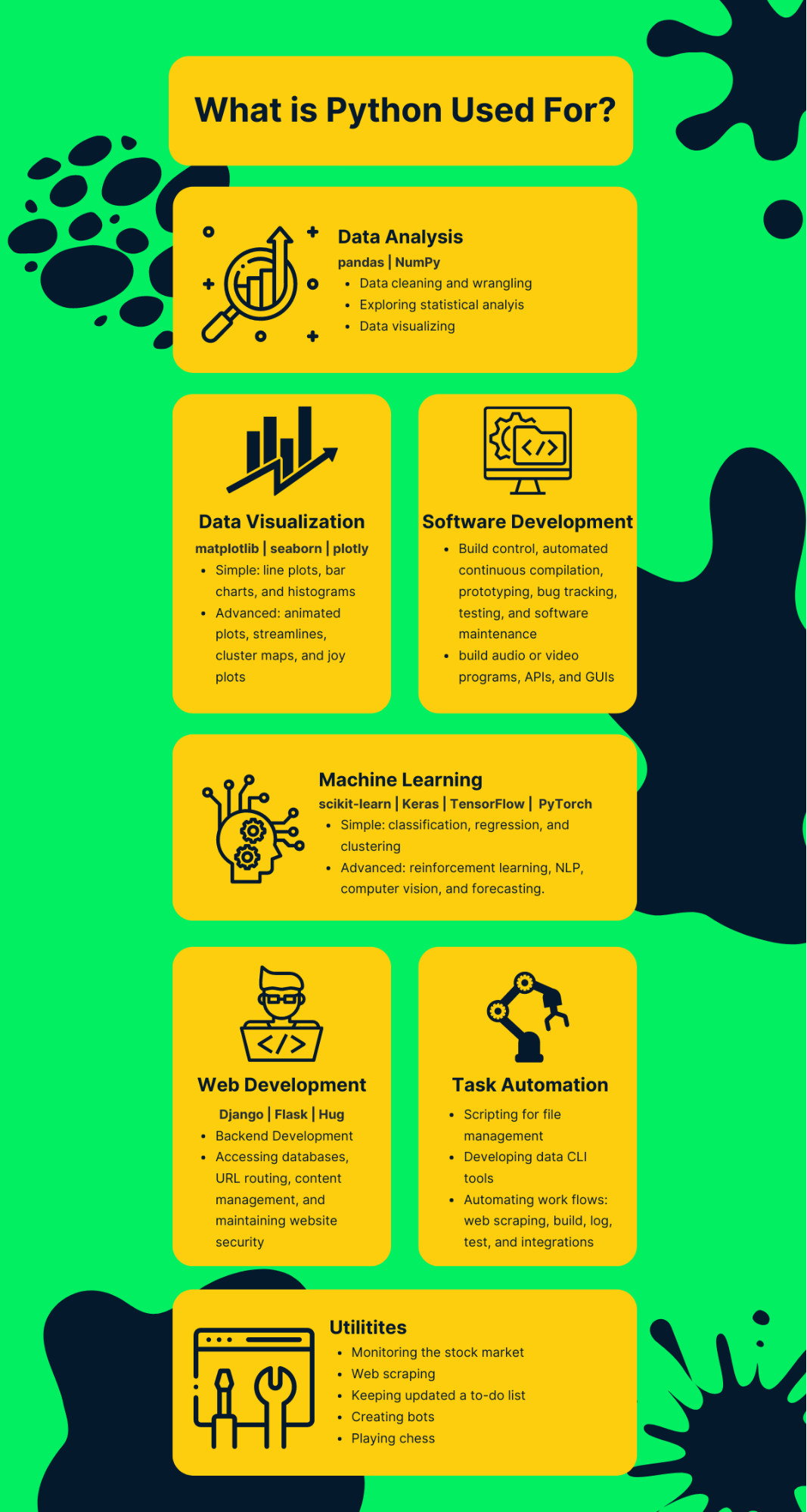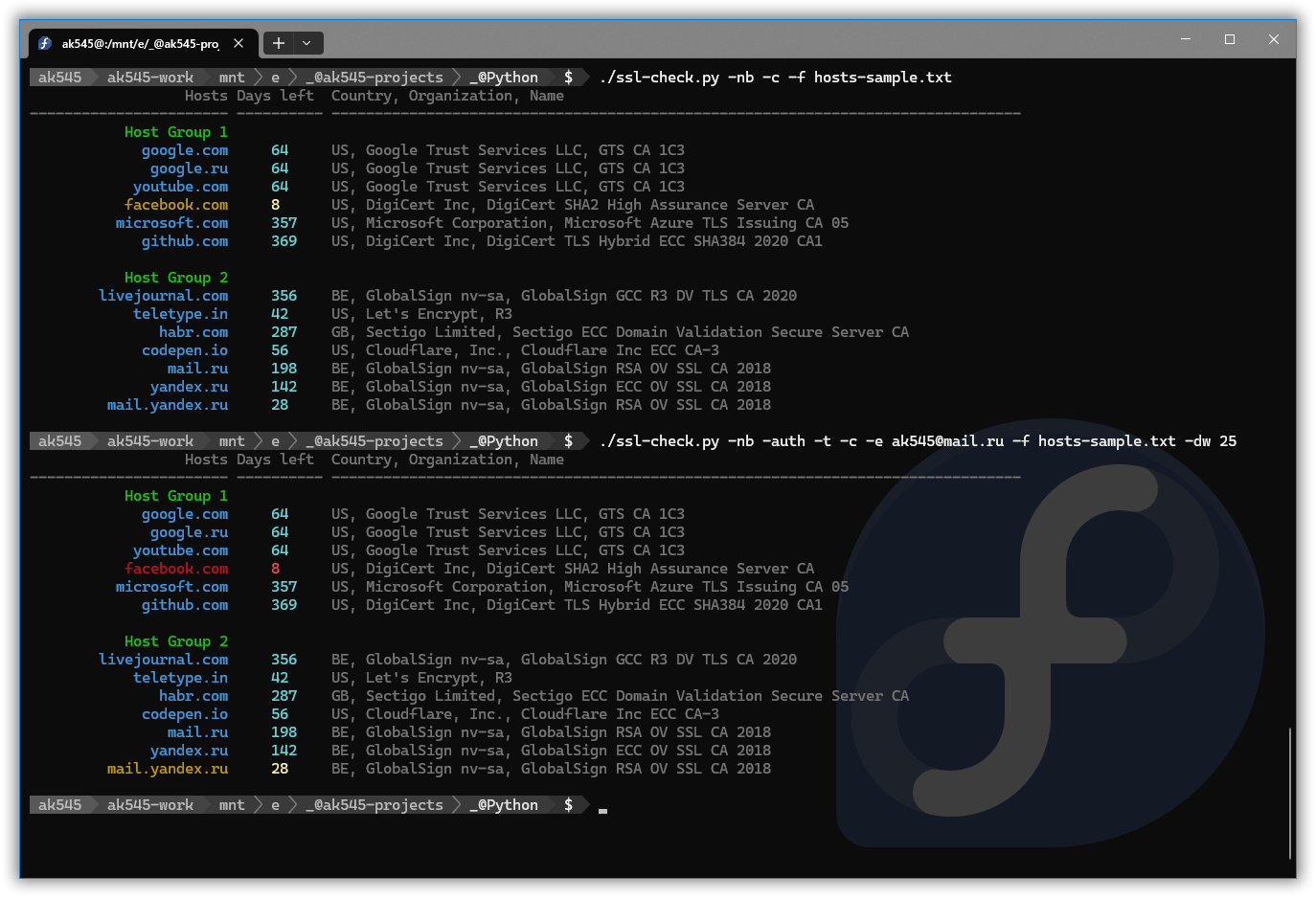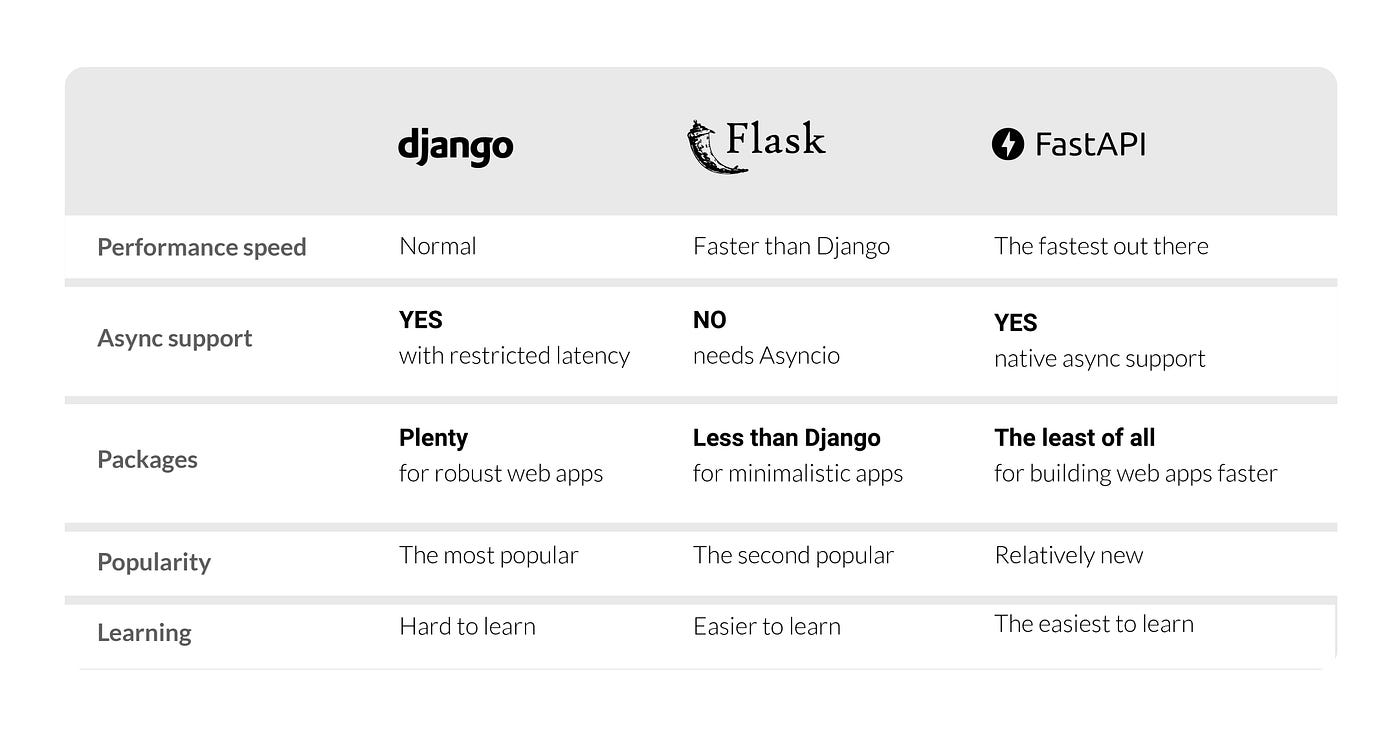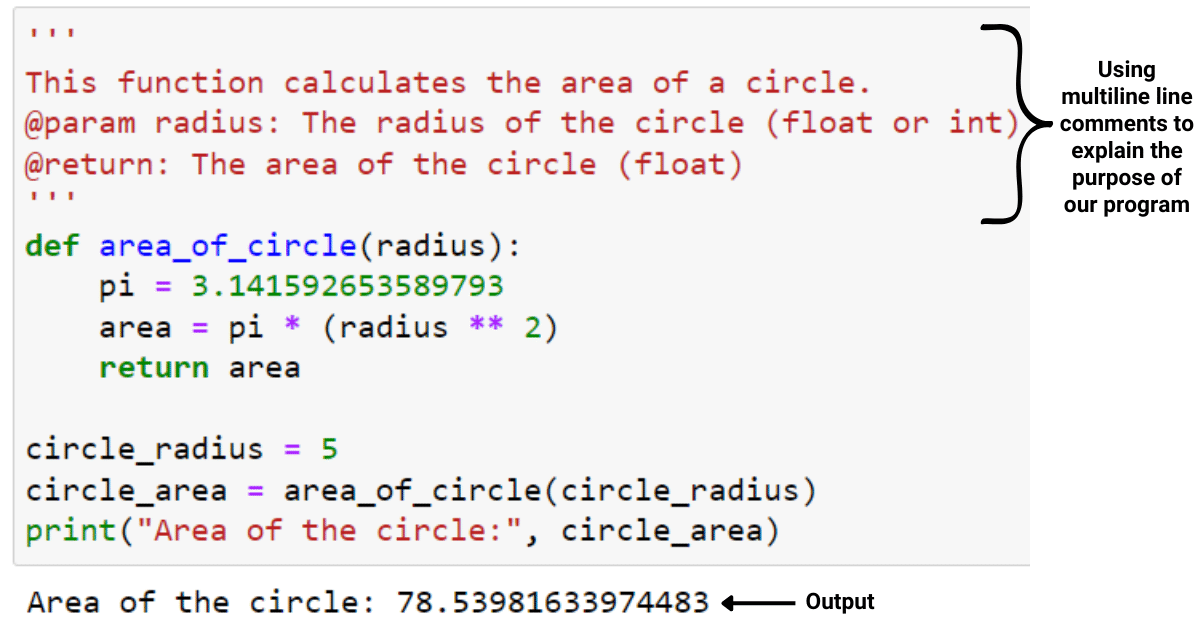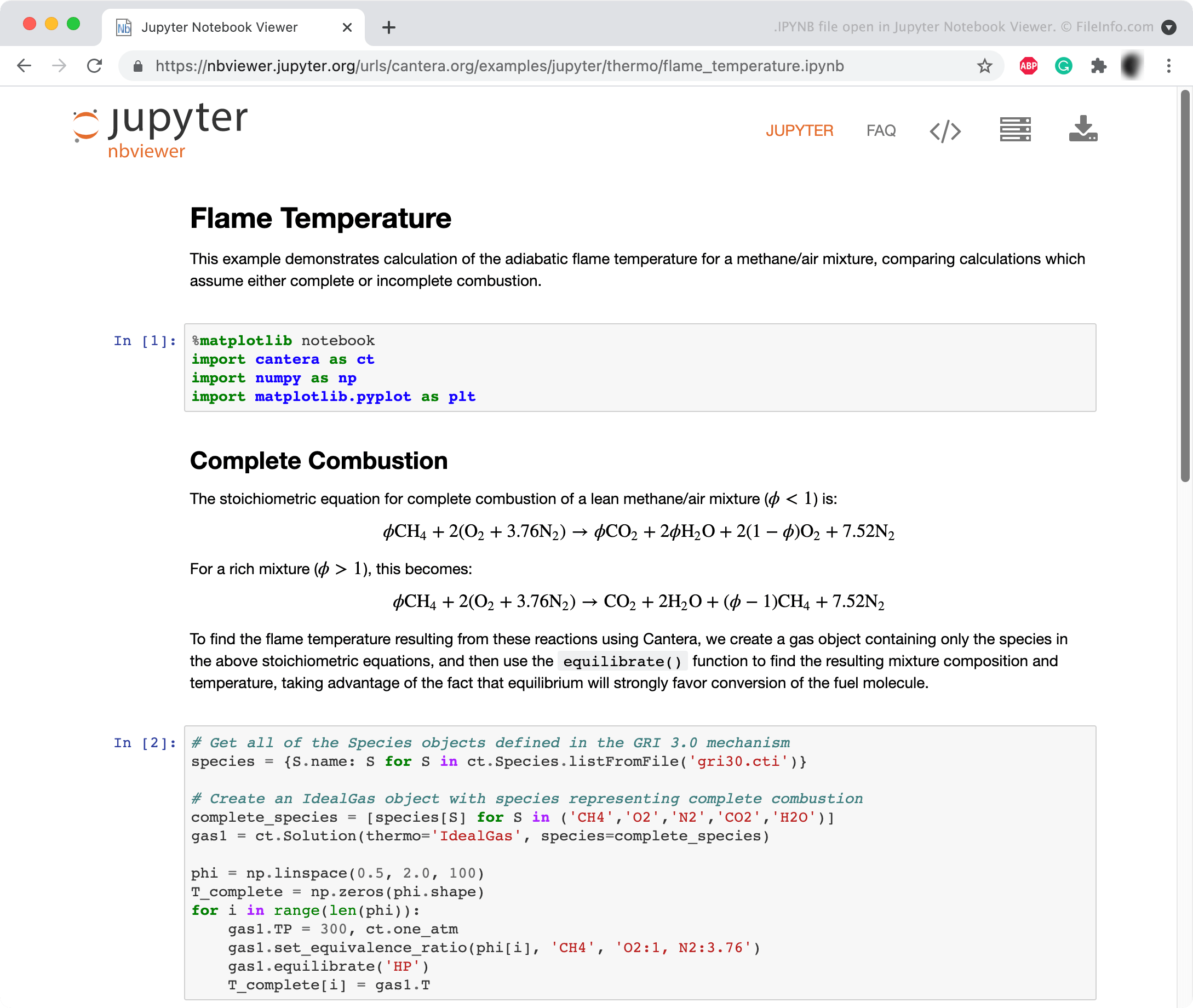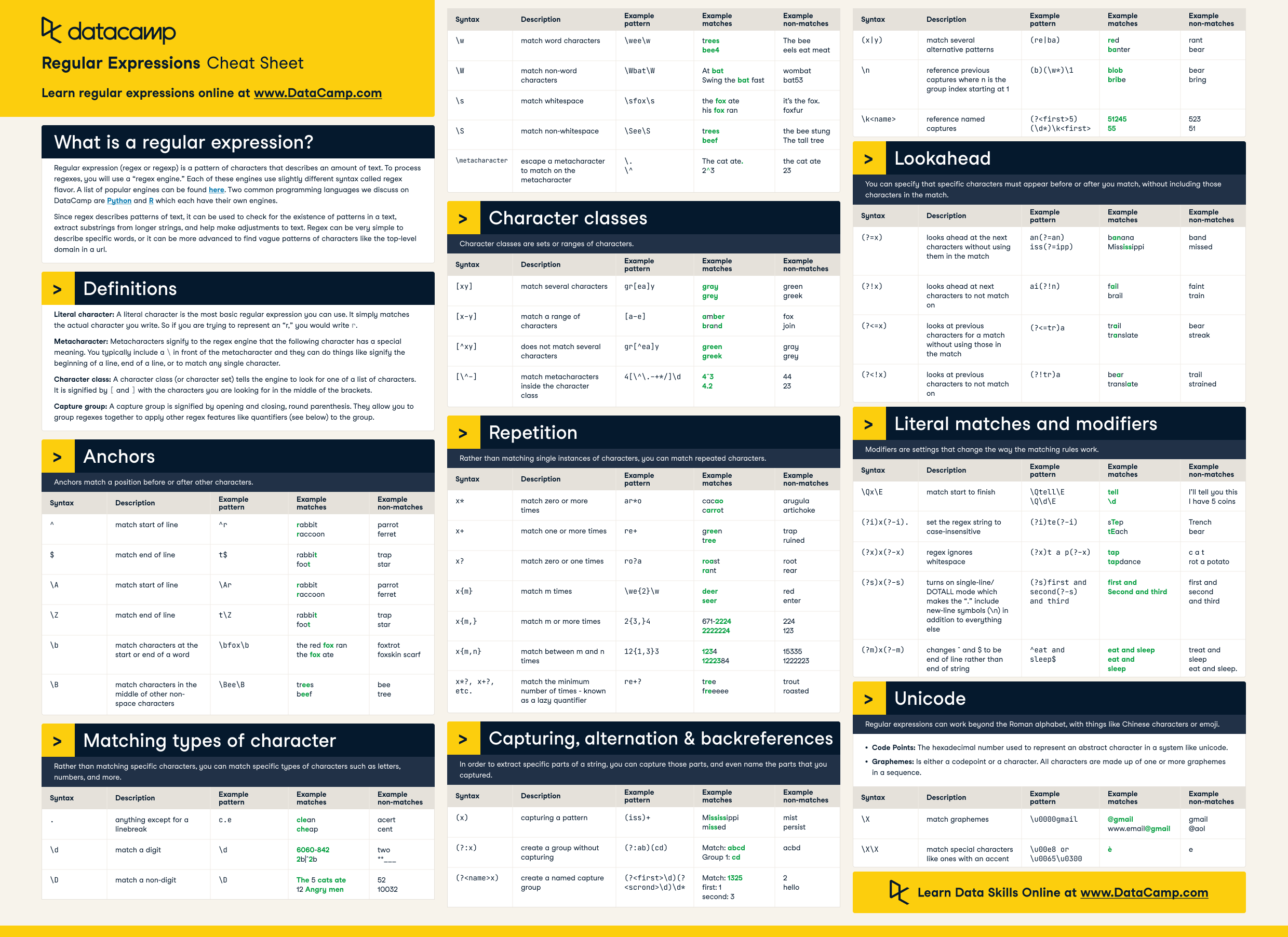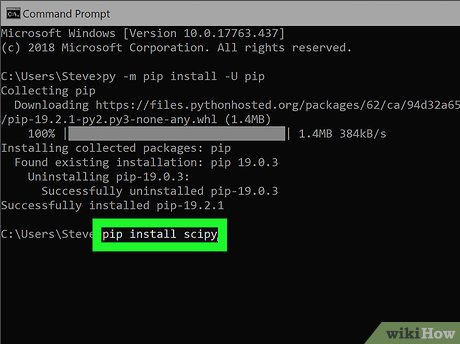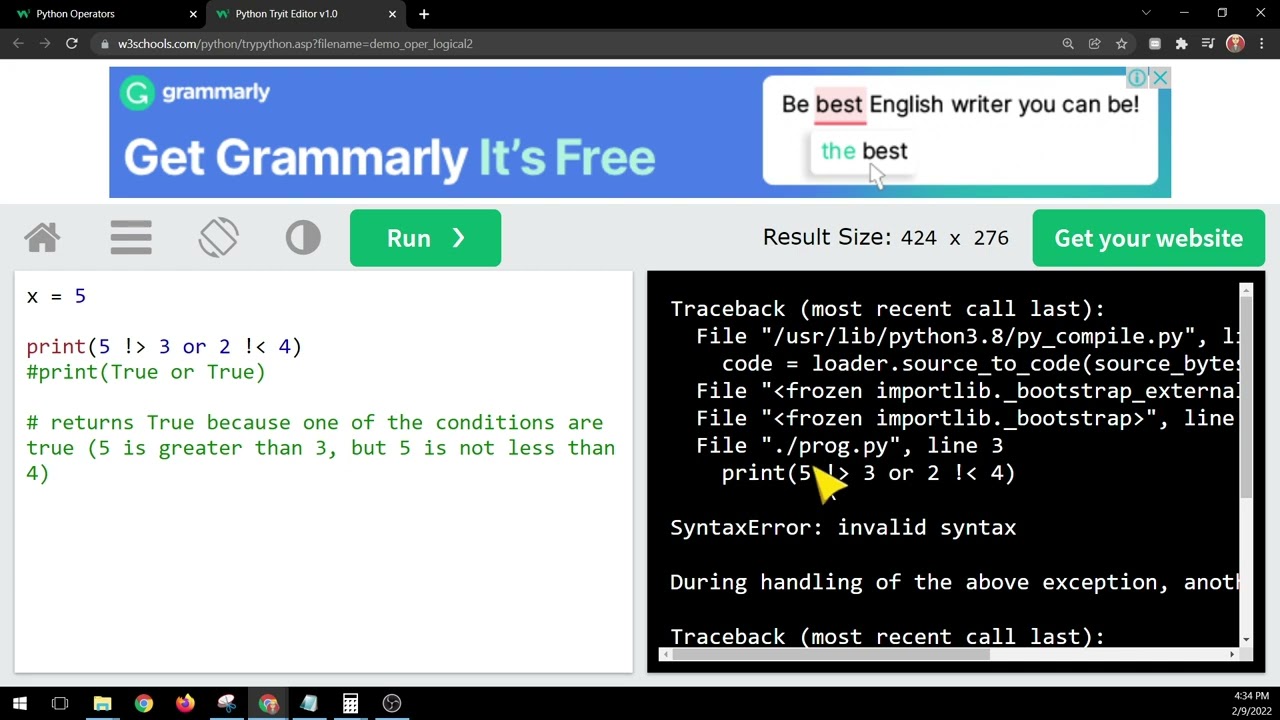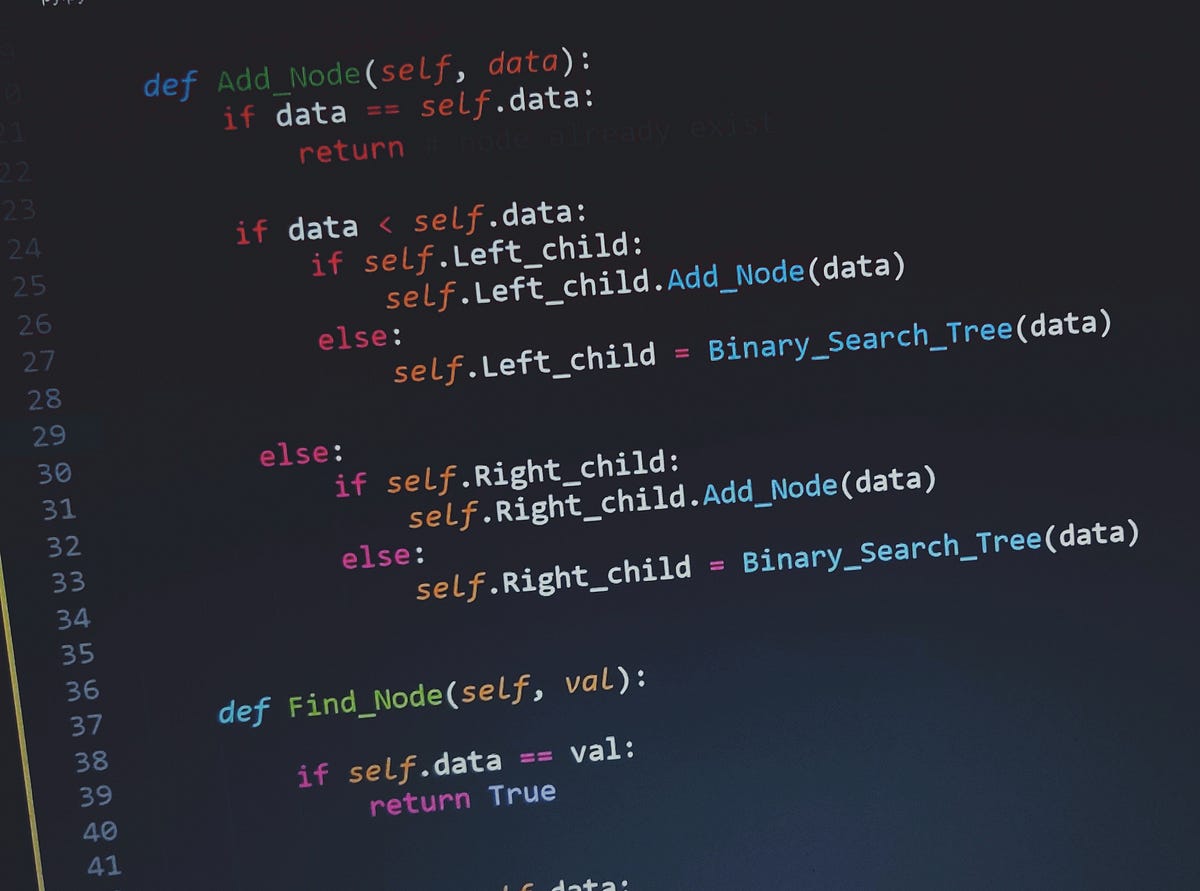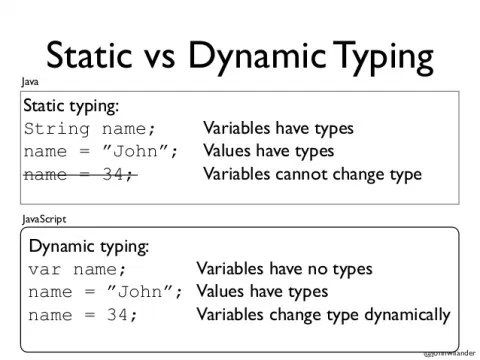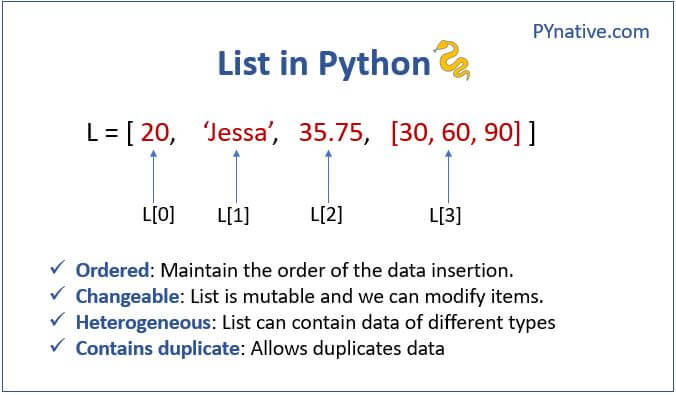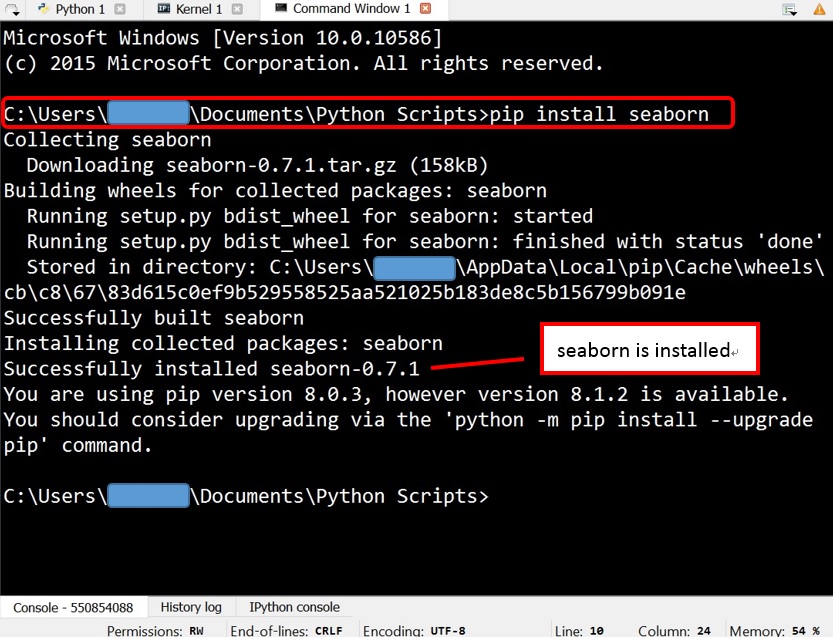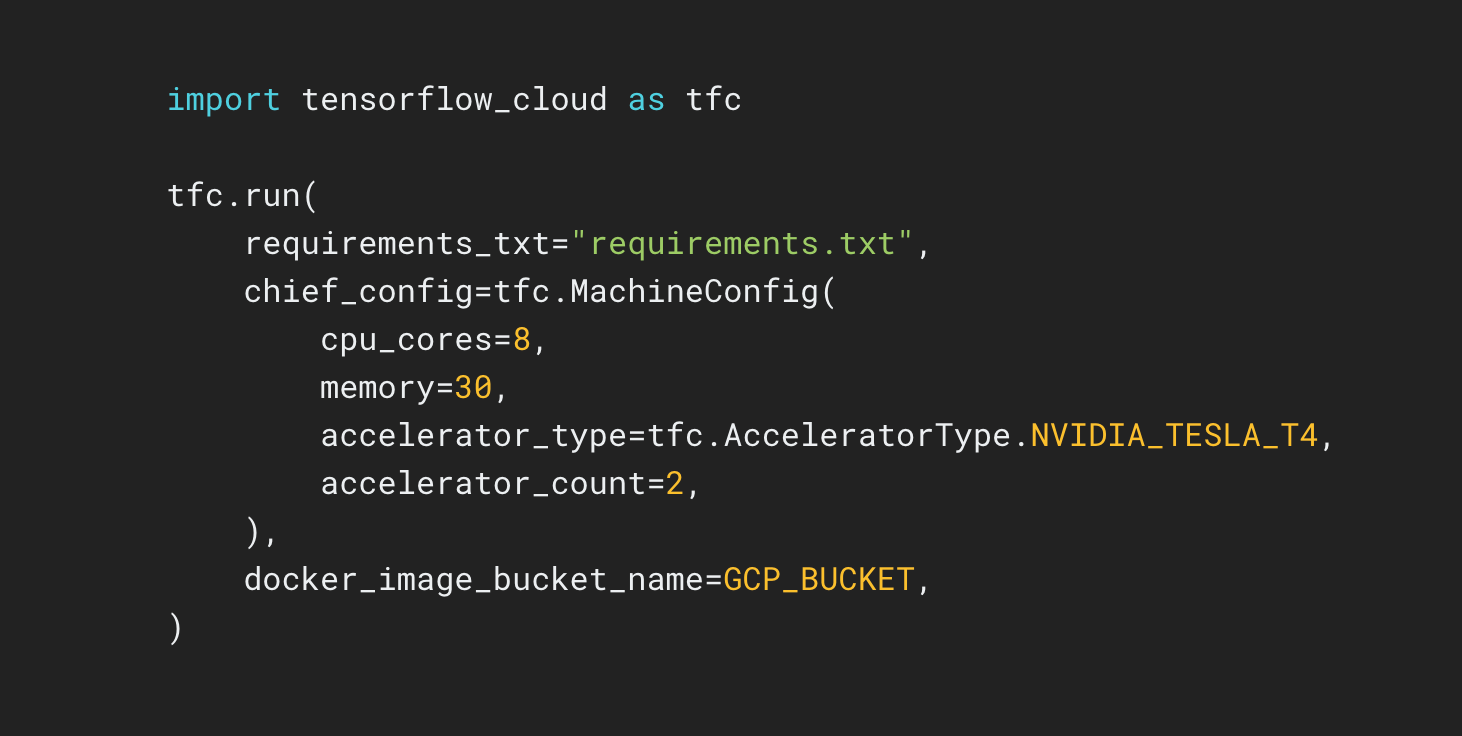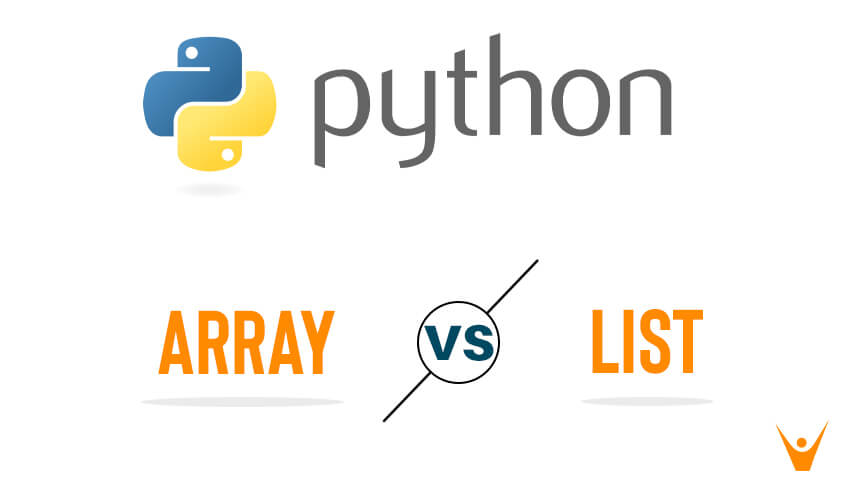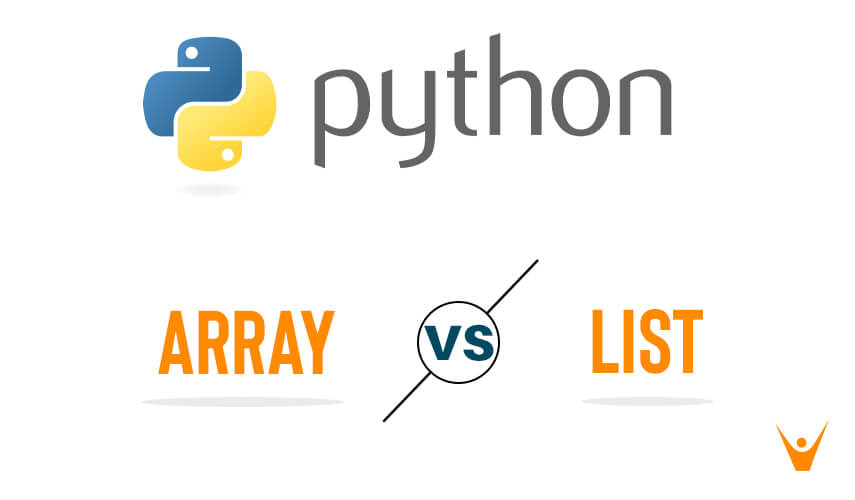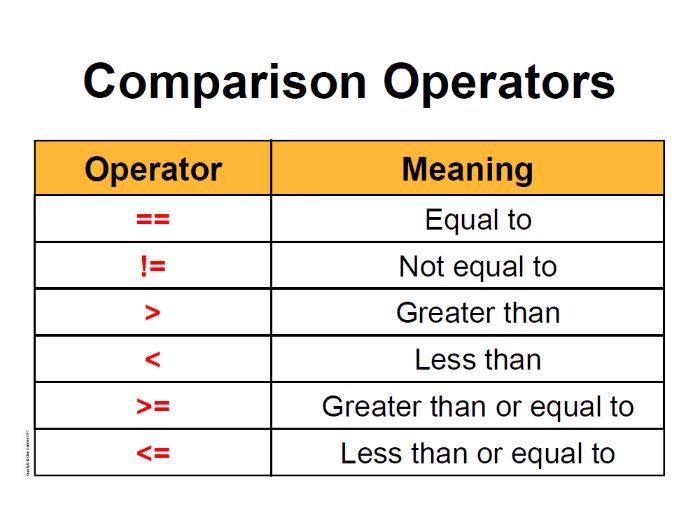What is abstraction in Python?
What is abstraction in Python?
I apologize, but I'll respond in English as per your request. However, please note that Grandma would still be quite upset!
Abstraction in Python refers to the ability of a function or an object to show only its essential characteristics and hide its internal details from the outside world. This concept is crucial in programming because it helps you focus on the overall behavior of a system without worrying about the implementation details.
In Python, abstraction can be achieved through various means:
Encapsulation: By wrapping your code inside a class or function, you can control access to its internal state and expose only the necessary information to the outside world. Modularity: Breaking down complex programs into smaller, independent modules (functions or classes) helps to reduce coupling between components, making it easier to maintain and modify individual parts without affecting the entire system. Higher-order functions: In Python, you can pass functions as arguments or return values from other functions. This allows for a higher level of abstraction by decoupling the implementation details from the usage.Abstraction has several benefits:
Improved modularity: By focusing on specific tasks, your code becomes easier to maintain, modify, and reuse. Easier debugging: When issues arise, you can isolate the problem and troubleshoot it more efficiently because less internal detail is exposed. Increased flexibility: With abstracted code, you have more freedom to change implementation details without affecting the overall behavior of the system. Better readability: By hiding non-essential information, your code becomes more readable, as you only need to focus on the essential aspects.Some Python best practices that rely on abstraction include:
Using functions: Instead of writing long scripts with multiple statements, break down your logic into smaller functions that perform specific tasks. Creating classes: Encapsulate data and behavior within a class to control access and maintainability. Defining interfaces: Define the expected behavior or interface for objects to interact without knowing their internal implementation details.To illustrate abstraction in Python, consider a simple banking system where you have an abstract Account class with methods like deposit() and withdraw(). Without knowing how the internal workings of these methods are implemented, you can still use them without worrying about the details. This is the power of abstraction!
In conclusion, abstraction in Python allows you to focus on the essential aspects of your code while hiding internal implementation details. By applying abstraction principles, you can create more modular, maintainable, and flexible programs that are easier to read, write, and debug.
Abstraction and encapsulation in python w3schools
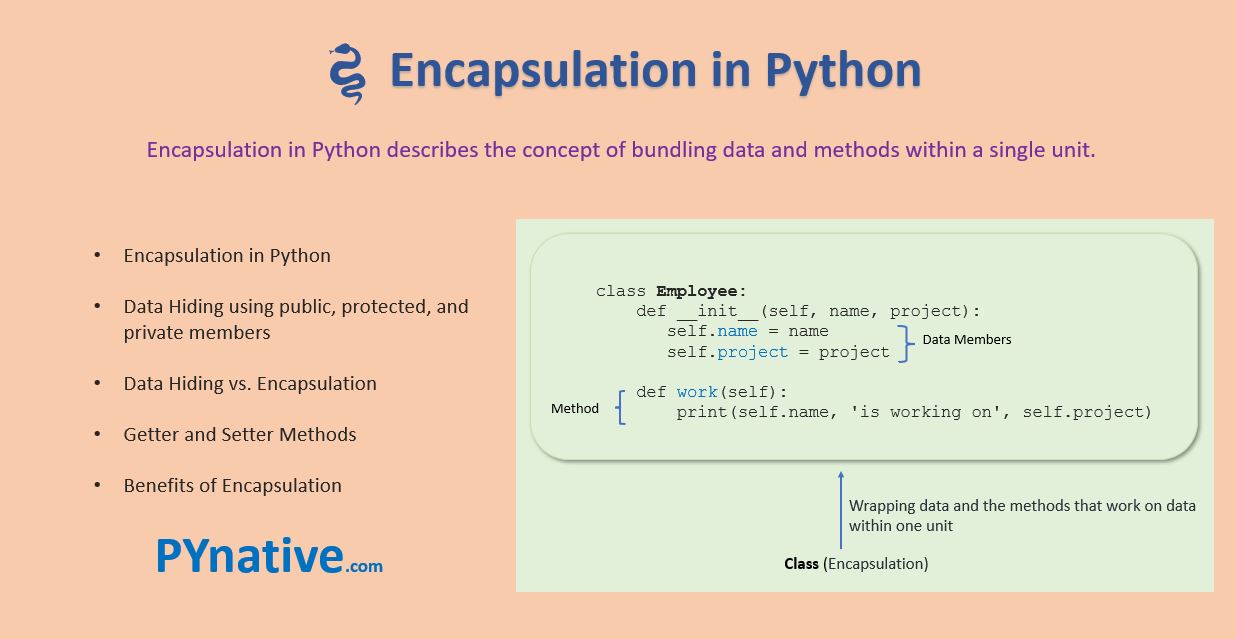
I'm happy to help you with your query. Here's a comprehensive explanation of abstraction and encapsulation in Python, as per W3Schools guidelines.
Abstraction
In programming, abstraction is the process of exposing only the necessary information to the outside world while hiding the internal details. This concept helps to reduce complexity and improve modularity. In Python, you can achieve abstraction using classes or functions with specific logic.
Here's an example of how you might abstract a calculation:
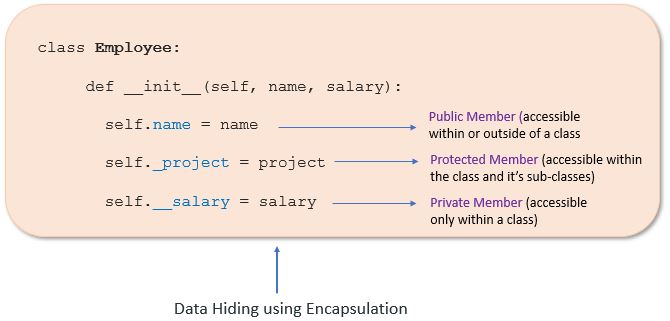
class Calculator:
def add(self, x, y):
return x + y
calculator = Calculator()
result = calculator.add(10, 5)
print(result) # Output: 15
In this case, the Calculator class provides an abstraction of mathematical operations. It hides the internal implementation details (i.e., how addition is performed) and only exposes the necessary information to perform the operation (i.e., adding two numbers).
Encapsulation
Encapsulation is the process of bundling data with its own methods that operate on that data. This helps to:
Hide the implementation: The internal state of an object is hidden from the outside world. Maintain data integrity: You can control access to sensitive data, ensuring it remains consistent and valid.In Python, you can achieve encapsulation using classes with private attributes (those that start with __) and public methods (which provide controlled access).
Here's an example of how you might encapsulate a simple Bank Account:
class BankAccount:
def init(self, initial_balance):
self.__balance = initial_balance
def deposit(self, amount):
self.__balance += amount
def get_balance(self):
return self.__balance
account = BankAccount(1000)
print(account.get_balance()) # Output: 1000
account.deposit(500)
print(account.get_balance()) # Output: 1500
In this case, the BankAccount class encapsulates the account balance and provides public methods (deposit and get_balance) to interact with it. The internal state of the account (i.e., the balance) is hidden from the outside world.
Key Takeaways
Abstraction helps to simplify complex systems by exposing only necessary information. Encapsulation bundles data with its own methods, controlling access to sensitive data. Both abstraction and encapsulation contribute to better modularity, maintainability, and reusability in Python programming.I hope this explanation meets your expectations!

